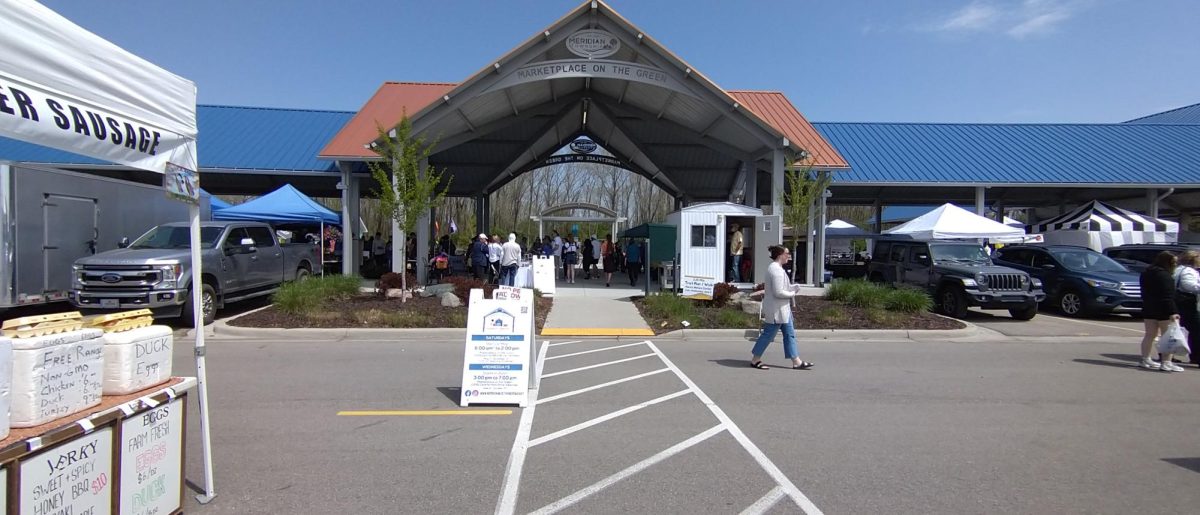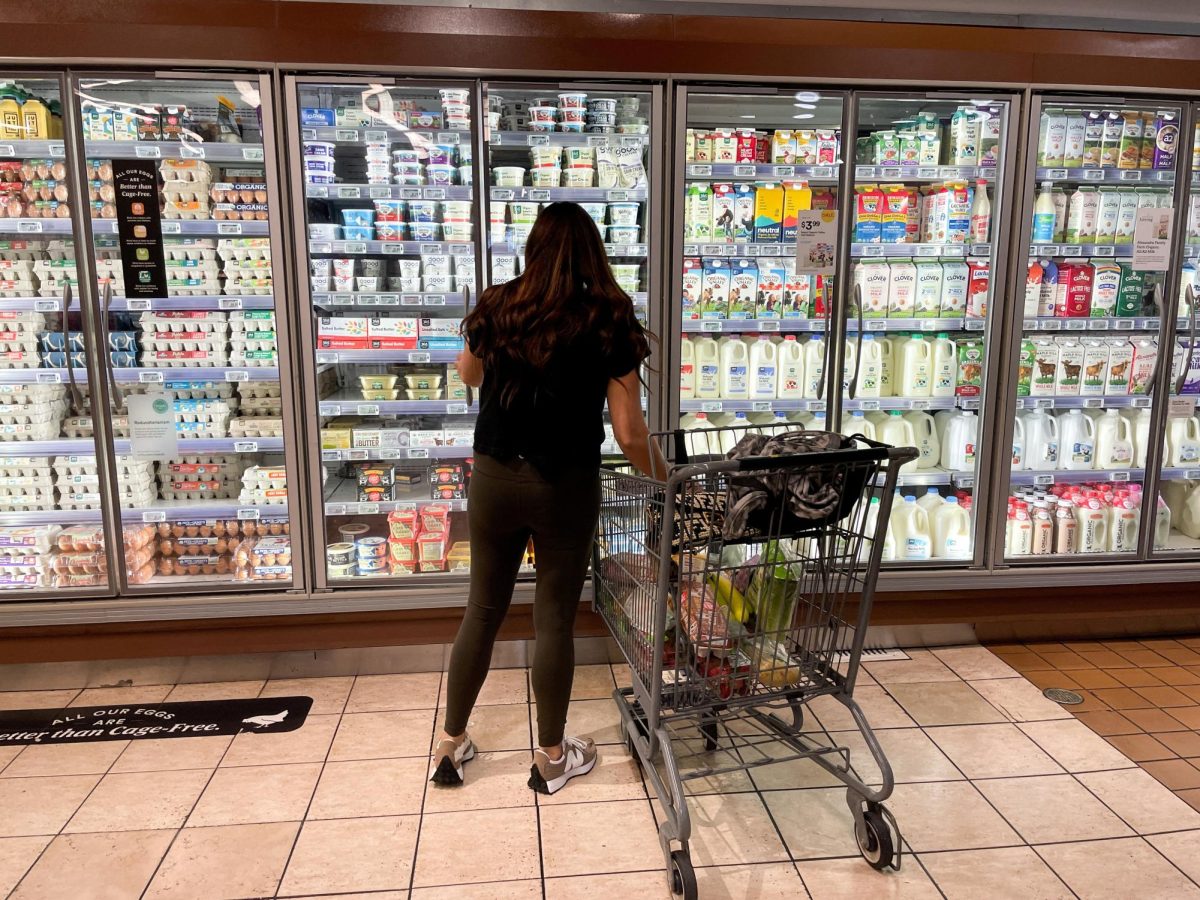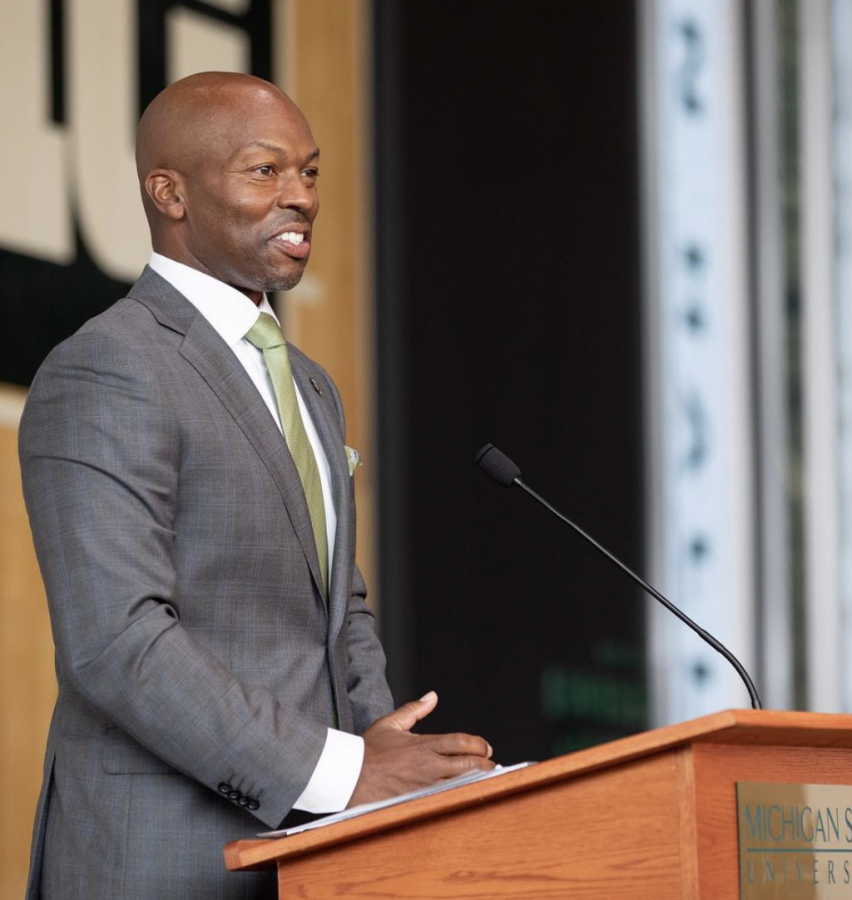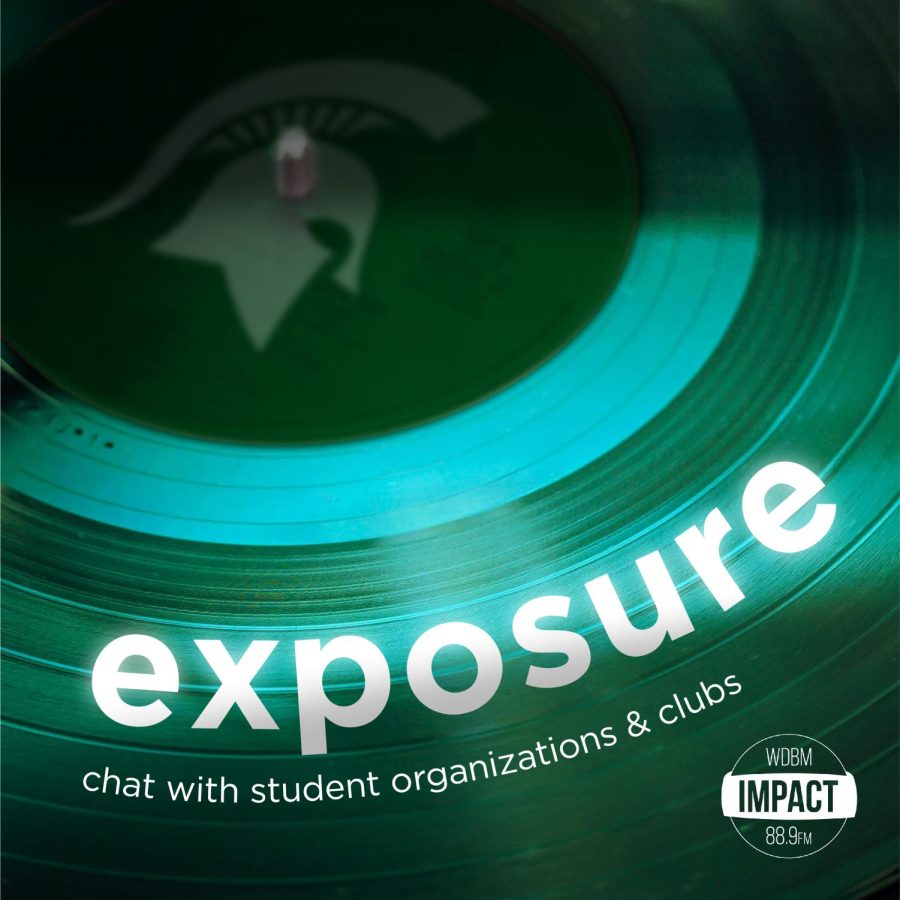Suzy Cline has volunteered with the Michigan State Police (MSP) Angel Program since 2019, connecting participants with recovery treatment for drug and alcohol addiction. Recognized as a lead Angel in Traverse City, her dedication is fueled by her family tragedy.
“I had a brother who passed away from drug misuse,” Cline said.
Cline’s brother’s addiction began with alcoholism and opioid abuse, escalating to ‘huffing’ pressurized gas from computer dusting spray.
“Opioids are the start,” Cline revealed. “And when that ran out, he turned to another form that gave him the same pleasure. His death was attributed to many things, including opioid use but not solely opioids.”
Cline’s brother is a poignant example of opioid abuse, a significant crisis that has fueled Michigan’s rising trend of overdose deaths. His progression from opioid addiction to his death illustrates how opioid abuse can lead to other devastating consequences.
“Michigan is a state that, for much of the last decade, had seen increases in overdoses every year and Michigan had a rate that was much higher than the national average,” Jared Welehodsky, the assistant administrator in the Office of the Chief Medical Executive at the Michigan Department of Health and Human Services said.
According to the Michigan Overdose Data to Action Dashboard, overdose deaths in the state have risen steadily since 2013, peaking at 30 deaths per 100,000 residents in 2021.
“Fentanyl, consistently for the last decade, has been driving overdoses in this state and across the country,” Welehodsky said. “We’ve seen fentanyl in the drug supply, whether people think they’re buying prescription pills are often counterfeit pills with fentanyl in them. We’ve seen fentanyl in the cocaine supply.”
Fentanyl, a synthetic opioid, is 100 times more potent than morphine and 50 times more potent than heroin. Developed in 1959 and introduced in the 1960s as an intravenous anesthetic, fentanyl has legitimate medical uses. However, it is often misused via theft, fraudulent prescriptions, and illicit distribution. It comes in various forms, including lozenges, tablets, sprays, patches and injectable formulations, and can be used in multiple ways such as injection, snorting, smoking or oral consumption. The misuse of illicitly manufactured fentanyl can cause fatal symptoms such as stupor, pinpoint pupils and respiratory failure, which has led to a dramatic increase in overdose deaths between 2013 and 2021.
In response to the rising trend in overdoses, Michigan has launched several initiatives that have shown encouraging progress.
“Now over the last few years, we’ve seen declines in overdose rates,” Welehodsky said. “Also, Michigan has really done much better than other states in terms of beating the national trend. For much of the last decade we ranked in the top 15 for the highest rates of overdoses, now we are below the national average in overdoses over the last few years.”
Michigan has performed better statistically than the national data since 2020. The monthly overdose death data in Michigan, from 2022 to 2024, shows a lower rate in the first half of 2024 than the first half of previous years. Despite the ongoing crisis, Welehodsky remains optimistic about the state’s progress.
“Michigan was a national leader by launching a statewide portal in 2020… that allows bulk distribution and there’s an option for individuals to order individual doses of the overdose reversal drug naloxone at no cost,” Welehodsky said.
Naloxone is a medicine that quickly reverses the effects of an opioid overdose. It attaches to opioid receptors in the brain and blocks the effects of other opioids. This action can quickly restore normal breathing in individuals whose breathing has slowed or stopped due to an overdose. Naloxone can be administered as a nasal spray or injection into the muscle, under the skin, or into the veins. In Michigan, Naloxone is available from private vending machines, local syringe service programs, pharmacies without a prescription since Michigan passed a naloxone standing order law in 2016, or have it mailed directly.
According to Welehodsky, Michigan has distributed a million doses of naloxone over the last five years and reported over 29,000 uses of the distributed naloxone.
“This is something that we are funding both with federal grant dollars that Michigan has received and… our state opiate share of our opioid settlement funding that we’ve gotten from numerous companies over the last couple years,” Welehodsky said.
Besides providing naloxone, Welehodsky said the Michigan Department of Health and Human Services is expanding access to opioid use disorder treatment and medications such as buprenorphine and methadone by removing barriers, providing technical assistance to providers, supporting county jails and emergency departments and partnering with the Michigan Department of Corrections.
Partnerships forged by the Michigan Department of Health and Human Services include collaboration with the Michigan State Police (MSP) on programs such as the Angel Program, which offers individuals a path to substance use disorders recovery instead of arrest.
“We advocate to help get willing participants connected to treatment and other resources through our community partners that we have, such as the prepaid inpatient health plans and recovery community organizations,” Ashley Smith, the analyst for the Angel program within the Michigan State Police Grants and Community Service Division said. “People can call the Angel telephone number, or they can go into any Michigan State police post to get information or get signed up and they will not be arrested if they are seeking help for being under the influence or having drugs or paraphernalia on them.”
The MSP Angel Program was inspired by a similar initiative from Gloucester, Mass. Police Department in 2015 and was brought to Michigan in 2016 through a partnership with the Police Assisted Addiction and Recovery Initiative (PAARI). It was initially launched as a pilot at the Gaylord Post and expanded to all 30 MSP posts by Dec. 2017.
“Since the program was initially piloted in 2016, we have connected 819 individuals to treatment,” Smith said. “We are still in the process of data collection for referrals, that’s a new aspect that we’ve added to our programs.”
The program utilizes volunteers to refer participants to treatment, according to Smith.
“So we will contact an Angel volunteer and get them set up with the date and time that the individual needs to be at the treatment center,” Smith said. “We do only transport from the Michigan State Police post or one of our community partners because there is a safety measure, so we don’t send volunteers to somebody’s home. It has to be at a location where the person can be checked for any weapons or drugs or something like that because there’s a whole safety aspect.”
Despite the program’s statewide expansion, a relatively small number of individuals served — 819 since 2016, highlights its reliance on volunteer participation.
“So somebody from our Michigan State Police post or our law enforcement center, which houses our Police Department and our Sheriff’s Department cause they also run the program out of their building, they’ll call me and I will come in and do an intake process. We’ll call our Regional Access Center, and they will find treatment for the person who is looking for treatment.” said Cline.
The program’s participant readiness is crucial to success.
“They have to be willing to walk into a department and be ready themselves,” Cline said. “Somebody cannot drag them in, which I’ve had that question asked. Can I just drag my daughter in? I’m like, well, no, cause she’s not ready.”
Cline emphasized the importance of volunteer compassion and the ability to understand that individuals do not intentionally become addicts. “Being a volunteer of the program—compassion, empathy, treating them with kindness and respect [is the most important],” Cline said. “It’s not like they wake up and say I want to be a drug addict.”
MSP collaborates with various partners, including PAARI, the Michigan Department of Health and Human Services, and local law enforcement agencies, to support a comprehensive approach that includes prevention, education, treatment, and enforcement.
“The Michigan Department of Health and Human Services have supported us through some grant funding from their opioid response grants… so there is no cost for a participant to utilize the advocacy of the Angel program that’s completely free of charge,” Smith said. What the participant is still responsible for is paying for the cost of treatment. So once they get connected to the treatment center, obviously that is either done through private pay or insurance. That can either be insurance through a job or the state funded insurance like Medicaid and Medicare. There are also some treatment centers that offer scholarships.”
The financial support aims to motivate individuals to continue with their treatment by reducing their financial pressure. In addition, the partnership between the two departments aims to reach out to more individuals who are not yet ready for treatment and to ensure their safety.
“We want to meet people where they are,” Welehodsky said. “One of the biggest things we’ve done is expand harm reduction… If people aren’t ready to seek treatment at the time, we want to make sure that they are being safe… We work to expand harm reduction organizations that provide naloxone, they provide sterile syringes, they help refer people and some of them often provide medical care to people, some of the larger ones… often see wounds associated with injection drug use… and referring people to treatment when they’re ready is part of it.”










